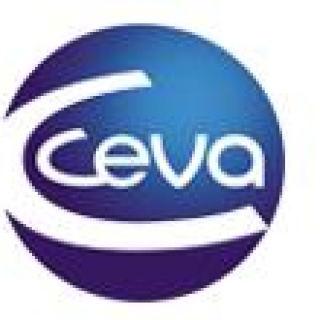Preparatory work for the future development of animal based measures for assessing the welfare of sow, boar and piglet including aspects related to pig castration
The EFSA Animal Health and Welfare panel is requested to develop several scientific opinions concerning animal based measures to assess the welfare of livestock.

Conclusions from sub-report A on “Animal health and welfare aspects of different housing and husbandry systems for adult breeding boars, pregnant, farrowing sows and unweaned piglets” include:
i) the minimum space allowance for dry sows should be reconsidered;
ii) lameness appears to be an increasing problem, especially for group housed sows on slatted floors;
iii) genetic selection can reduce aggression in pigs, and might be a strategy to ameliorate high levels in dynamic grouping system, but genetic correlations with other traits need to be more fully evaluated;
iv) large litters pose a major welfare problem and the welfare implications for both sow and piglets of strategies to manage these by differential weaning and fostering need to be evaluated;
v) there is growing evidence that non-crate farrowing systems can deliver acceptable piglet survival whilst improving sow welfare. Design of such systems, including adequate space and nesting substrate, is important to their success;
vi) piglet mutilations cause pain and the welfare compromise is additive when a number of different mutilations are carried out together. Pain sensitivity may be affected by foetal programming;
vii) genetic selection for improved piglet survival, and/or improved maternal behaviour characteristics is important to counter the adverse effects of selection for prolificacy. It is important to consider genotype x environment interactions when selecting for these traits.
Recommendations include:
i) to minimise the negative consequences of mixing unfamiliar sows and gilts: e.g.
1) sufficient space should be provided to allow submissive behaviour,
2) bedding material should be provided to support the feet,
3) a boar can be housed in the group to provide social stability;
ii) the use of loose farrowing systems should be considered as a serious alternative to conventional crated systems, as good performance results can be obtained in such systems if sows are kept in sufficiently large pens, structured for preference into a nest area and an activity area. Efforts should be made to further reduce piglet mortality considering both management and breeding aspects, resulting in high piglet viability and good maternal behaviour;
iii) besides litter size, birth weight and other survival traits should be included in the breeding goal. Management strategies to safeguard the welfare of piglets born in large litters should be evaluated and promoted; iv) strategies based on genetic selection should be used to reduce aggression in groups of pigs.
Conclusions from sub-report B on “Welfare aspects of the castration of piglets” include:
i) whilst new methods of general anaesthesia by inhalation and injection have been researched and applied in practice, there is no consensus that these offer an appropriate and widely applicable solution;
ii) immunocastration is an effective strategy against boar taint with environmental benefits and no major reported welfare problems. However, the cost of necessary checks for non-immunised animals on the slaughter line make it economically less attractive;
iii) inter-laboratory comparison of analysis methods for skatole and androstenone have documented that there may be a significant bias in the reported results between laboratories. There is a need for establishing harmonised and standardised methods for skatole and androstenone quantification in pork carcasses;
iv) a variety of measurement techniques have been investigated in recent years for rapid detection of boar taint, but so far no method has been able to meet the industrial requirements with regard to analysis time and accuracy. There are a few methods under development that may have a potential for future on-line use at the abattoirs. A reliable on-line test for use in abattoirs to remove tainted meat is still needed.
The recommendations include:
i) immunocastration should be considered a serious alternative to surgical castration: new information suggests that the effectiveness of immunocastration in reducing boar taint is good, and that welfare of pigs produced by this method is not worse than when using surgical castration;
ii) new information suggests that considerable progress is made in the area of processing tainted meat, and that processing of carcasses with low levels of taint is becoming a viable option;
iii) a standardised and harmonised method for quantification of skatole and androstenone should be established. There is a need for stable sample reference material that can be used to validate the method performance of laboratories analysing skatole and androstenone in pork carcasses;
iv) further development of harmonised on-line tests for use in slaughter houses should be encouraged.
EFSA




